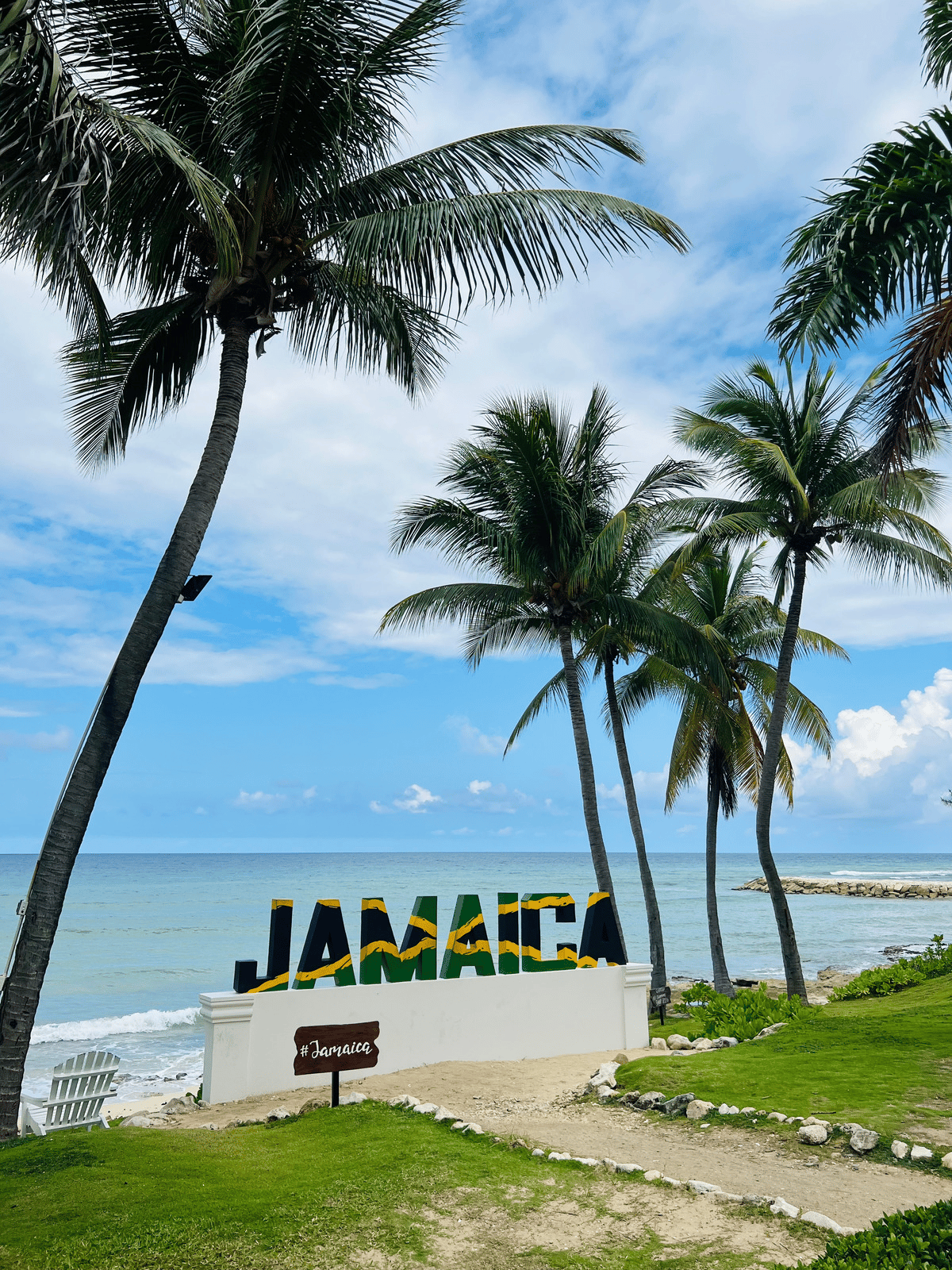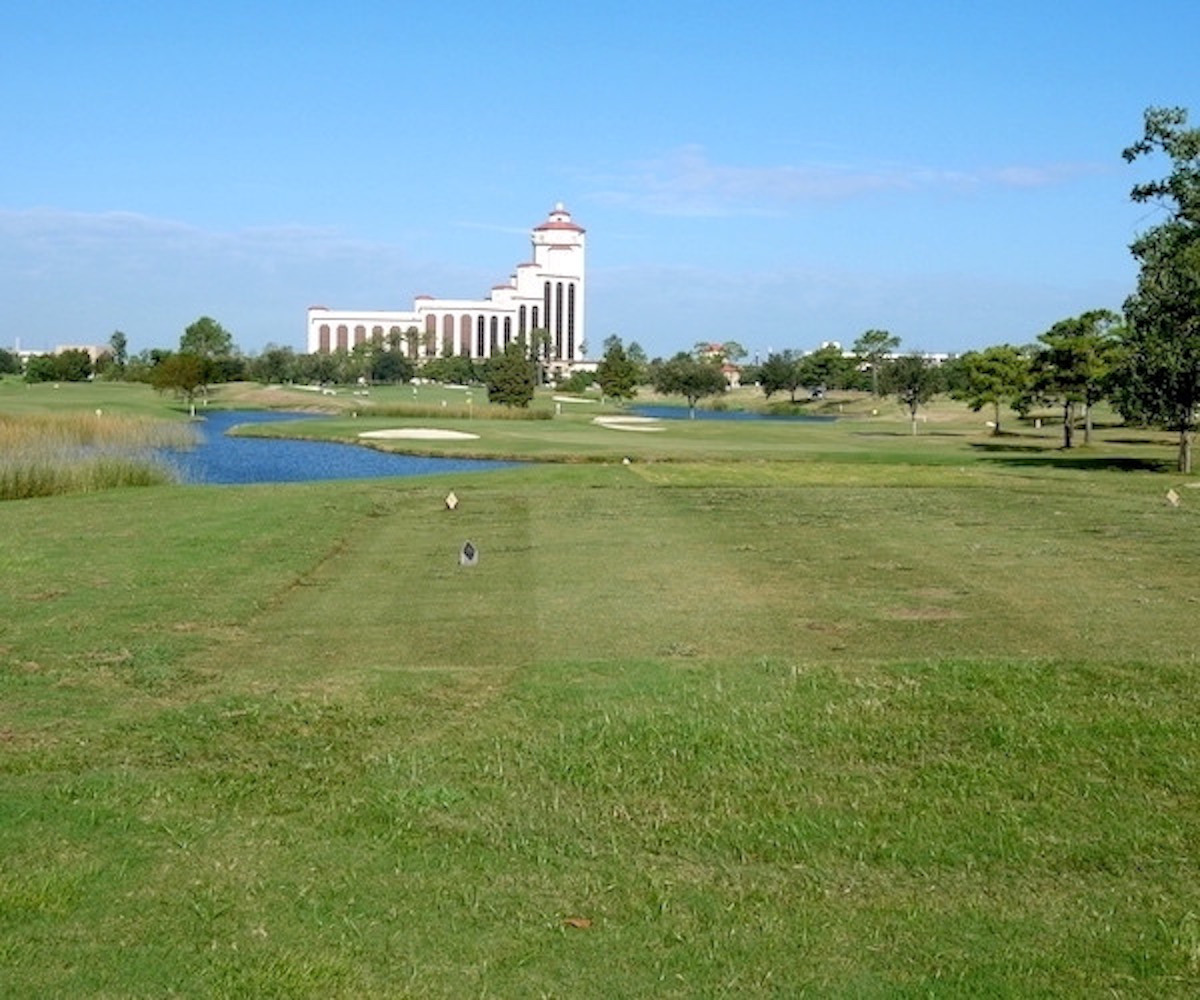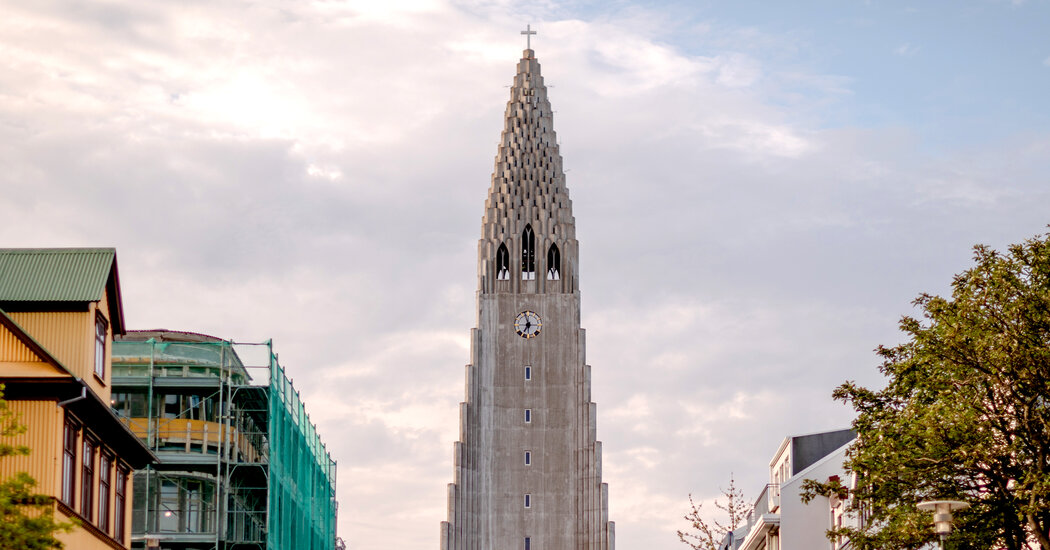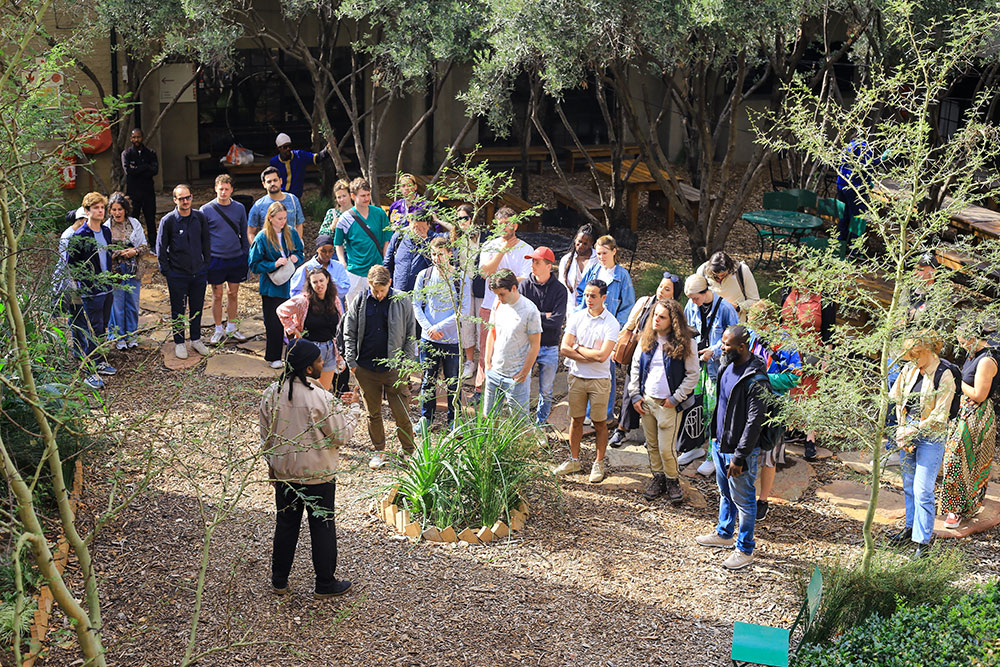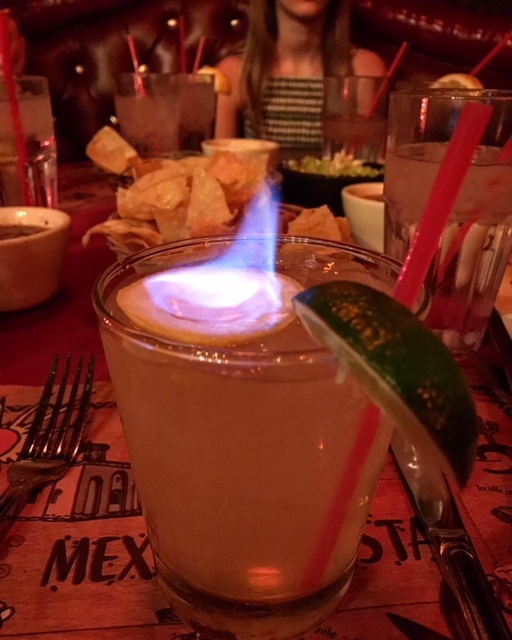
Alaska’s Other Trout
by Joe Jackson
Alaska is a place of fish stories. Between our abundance of Pacific salmon, whose annual runs generate staggering amounts of biological productivity for virtually everything on the food chain, along with the state’s incomprehensible quantities of pristine water, we’ve got big fish—and lots of them. It only takes a quick Google search of “Alaska fishing” to verify this. You’ll be instantly met with photos of king salmon as large as Labrador retrievers, speckled rainbow trout with not a scale out of place, Dolly Varden all colored up like clowns for the impending spawn.
But one fish you probably won’t find on the internet, at least without some more pointed investigation, and one fish you most definitely won’t find featured in tourism ads, is, in my opinion, the coolest one out there: Oncorhynchus clarkii clarkii. The coastal cutthroat trout.
The first time I ever fished for this shy species, I drove a rental Jeep so green that its paint had to register on a Geiger counter. I don’t think it was a coincidence that the fishing turned out to be outstanding; that same shade of radioactive green, I’m told, is one of the coastal cutthroat’s favorites.
These fish are native to the coastal waters of Southeast; in the bigger picture, they range from Prince William Sound all the way to northern California. Being semi-anadromous, some populations of coastal cutthroat will spend a portion of the summer in the salt, rarely straying more than 10 miles or so from their natal streams. Others will spend the entirety of their lives in the freshwater streams and/or lakes in which they were reared. In both life histories, these “cutts” rarely get larger than 15 inches. That’s just how the species is. That’s not to say that the occasional 20-inch-plus anomaly doesn’t show up—the Alaska state record is a whopping eight pounds taken from a lake near Ketchikan in 1977—but if you’re looking for a trophy like that, you’ll have to work for it. In general, it’s likely the cutthroat’s small size (relatively speaking) combined with their difficulty of access is what makes them the underdog of Alaskan angling. But for a sheer Alaskan experience—one that can involve pleasant hikes, fly-out excursions, or even a day trip with the kids depending on your preferences—there are few species that can match the cutt. It’ll take you to some incredible places if only you care enough to seek it.
Craig Schwanke is a fisheries biologist with the ADF&G. He and his team, based out of Prince of Wales Island, have determined that statistically, interest in coastal cutthroat trout has declined 40 percent in the last 20 years. There’s no one reason believed to be the culprit for this drop, but many signs point to regulations. Cutt fisheries were studied heavily during the 1980s to determine the most effective management strategy for the species. The result was a fairly complex set of rules that split fisheries into six categories based on abundance and size of fish. For example, a High Productivity Lake has a liberal limit of five fish per day, and you can use bait. A Trophy Cutthroat Lake, on the other hand, of which Alaska has 13, is managed for fish size and angling experience. There’s no bait allowed, and no fish under 25 inches can be retained.
Speaking of fish size, Schwanke tells me that a key to growing big cutthroats is the presence of salmon. This can be achieved in freshwater systems that are connected to the ocean, or in lakes where kokanee salmon (the landlocked counterpart to sockeyes) thrive. Most all of Alaska’s trophy lakes meet these criteria.
I was fishing a lake just like this (though not with the trophy designator) when I caught my first cutthroat. It was a moment I’ll not forget soon. Spring was in the air in the form of rain, bird song, and the resinous odors of devil’s club. The salmon-fry fly I’d been stripping idly for hours was suddenly wrenched by something unseen; something that fought tooth-and-nail, something that felt about 10 times larger than it turned out to be.
At fight’s end, I beheld the scrappy little cutthroat for a moment, marveling at the red slash on its lower jaw and the constellation of black spots dotting its body. This is the unsung hero of the north. The underdog. Alaska’s other trout. A fish that can show you the wilder places of this state, but one that’s just as content to ignore and be ignored. I released the cutthroat and made the lonely hike back to the trailhead. My legs burned and everything I owned was soaked with rain, but I recall smiling as the lime-green Jeep played back into view.
I had a pretty good fish story to share, after all.
Joe Jackson has come to love the underdogs of angling, the coastal cutthroat among them. He’s written about many of these unsung heroes for magazines like Alaska magazine, Fly Fisherman, The Drake, The Flyfish Journal, and others, as well as in his first book, It’s Only Fishing (Epicenter Press, 2023).
Publisher: Source link
Latest Posts
-
31 July 2025
-
26 July 2025
-
14 July 2025
-
01 July 2025
-
07 August 2025
-
29 July 2025
-
20 February 2025
-
04 February 2025
Newsletter
Sign up for free and be the first to get notified about new posts.
Get The Best Blog Stories into Your icountox!
Sign up for free and be the first to get notified about new posts.

